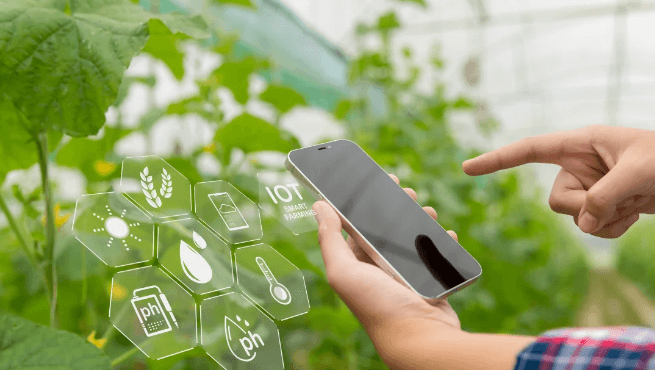The integration of the Internet of Things (IoT) within agriculture marks a significant shift towards precision farming, where data-driven insights are reshaping traditional practices. By harnessing advanced sensors and analytics, farmers can optimize resource management and enhance crop yields while promoting sustainability. The implications of IoT extend beyond mere efficiency; they point toward a future where agriculture is more resilient and adaptive to changing environmental conditions. However, the true potential of these technologies raises important questions about their long-term impact on the agricultural landscape and the challenges that may arise in their implementation.
Benefits of IoT in Agriculture
Leveraging IoT technology in agriculture offers a multitude of benefits that significantly enhance productivity and sustainability.
By facilitating precision farming techniques, IoT enables farmers to optimize resource management, ensuring efficient use of water, fertilizers, and pesticides.
This data-driven approach minimizes waste and maximizes yield, ultimately contributing to a more sustainable agricultural ecosystem.
Enhanced decision-making leads to improved crop health and operational efficiency.
Key IoT Technologies for Farmers
Farmers today are increasingly adopting a range of key IoT technologies that transform traditional agricultural practices into data-driven operations.
Precision farming utilizes sensors and data analytics to optimize crop yields, while smart irrigation systems monitor soil moisture levels to enhance water efficiency.
These innovations empower farmers to make informed decisions, reduce resource waste, and ultimately increase productivity, fostering sustainable agricultural practices for a changing world.
Real-World Applications of IoT
The integration of Internet of Things (IoT) technologies into agriculture has led to numerous real-world applications that significantly enhance operational efficiency and productivity.
Precision farming utilizes IoT sensors to monitor soil conditions and crop health, enabling data-driven decision-making.
Additionally, smart irrigation systems optimize water usage by adjusting schedules based on real-time weather data, ensuring sustainable resource management and improved crop yields.
Future Trends in Agricultural IoT
As agricultural practices evolve, the future of IoT in this sector promises to be transformative, driven by advancements in technology and data analytics.
Precision farming will leverage environmental sensors for optimized crop management, while smart irrigation systems enhance water efficiency.
Livestock monitoring technologies will improve animal welfare, and automated machinery will streamline supply chain processes, ultimately fostering a more sustainable agricultural landscape.
Conclusion
The integration of Internet of Things in agriculture presents a transformative opportunity for enhancing productivity and sustainability. By leveraging advanced sensors and data analytics, farmers can make informed decisions that optimize resource use and improve crop health. As the agricultural landscape continues to evolve, one must ponder: how will the adoption of IoT technologies shape the future of food security? The potential for increased efficiency and environmental stewardship underscores the importance of embracing these innovations in modern farming practices.





